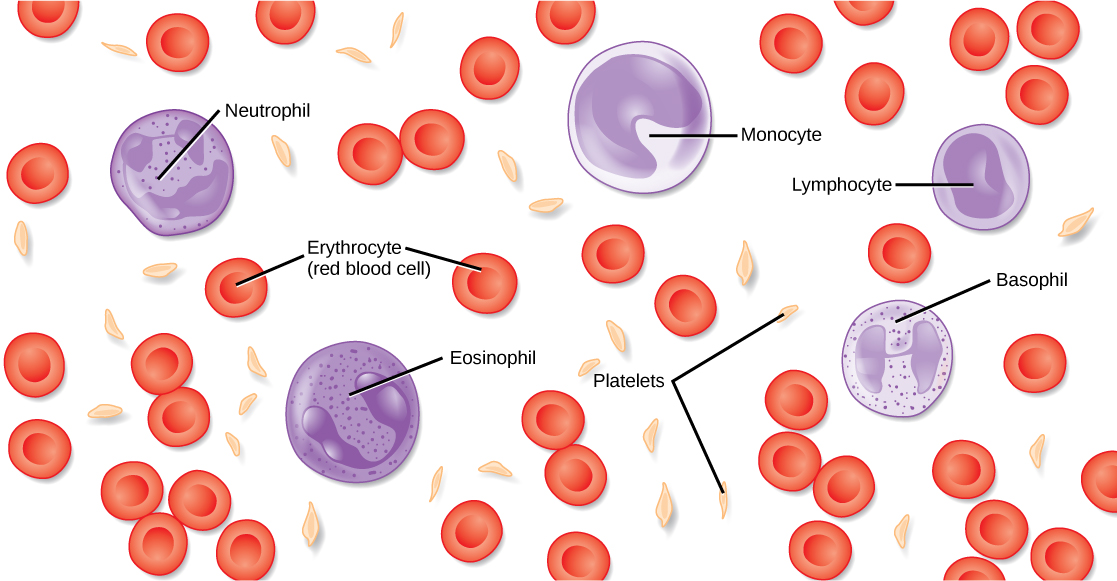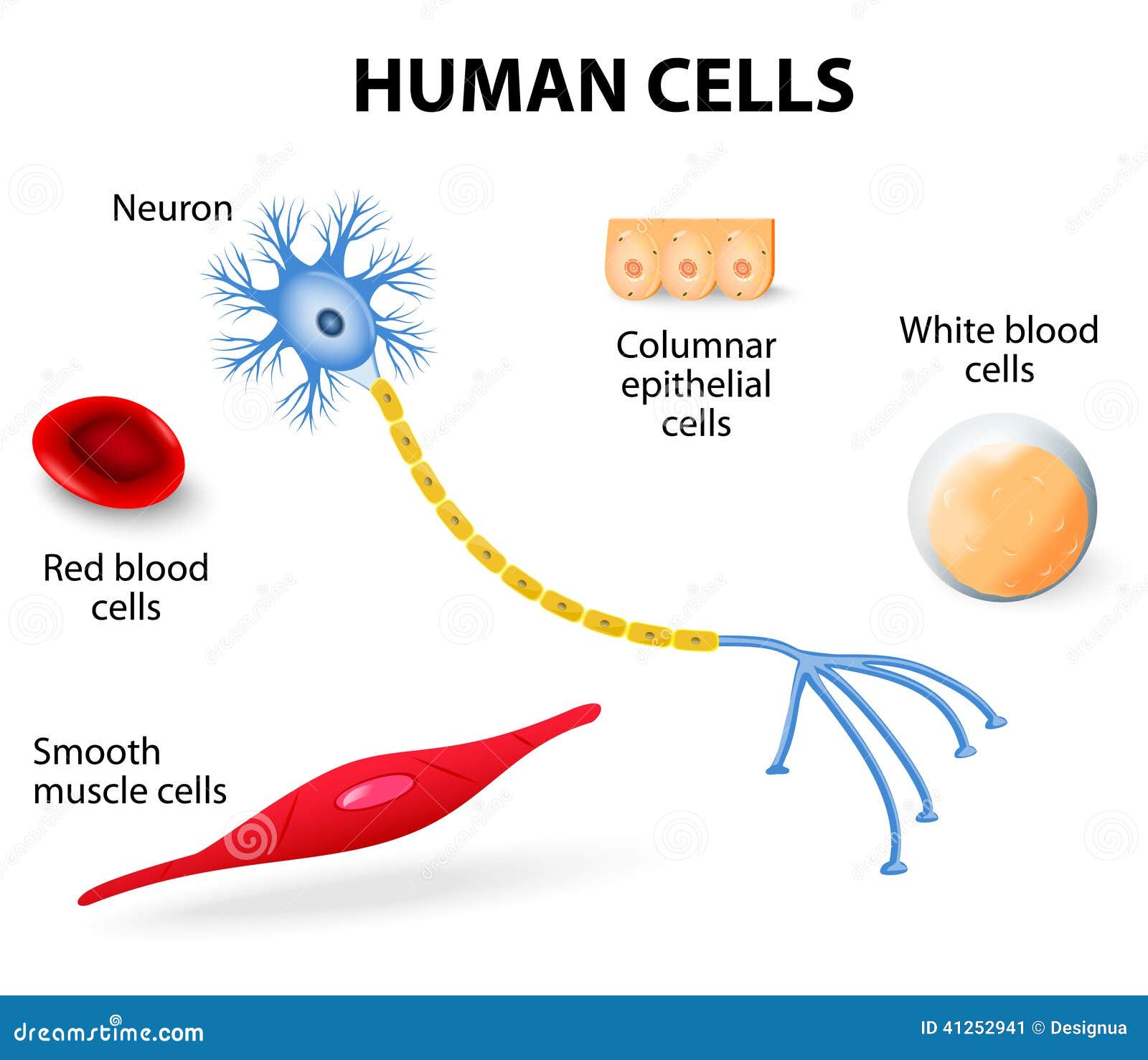Red Blood Cells And White Blood Cells Biology Diagrams The components of blood are produced mainly in the bone marrow, where special cells produce red cells, white cells, and platelets. So-called "blood cancers" such as leukemia are actually cancers of the bone marrow. As cancerous tissue replaces healthy bone marrow tissue, healthy red blood cells, white blood cells, and platelets cannot be made.

Every day, a healthy human produces circa 200 billion of these important cells. The white blood cell (WBC) comes in a variety of forms. These are primarily produced in the red bone marrow and differentiate at different stages and in different tissues such as the lymphatic organs. The main white blood cell types are: Blood is a connective tissue whose matrix is fluid. It is composed of: red corpuscles, white cells, platelets, and blood plasma. It is transported throughout the body within blood vessels, which is the subject of Section 8 of this atlas. Red Blood Cells. Red blood cells are also known as erythrocytes or red blood corpuscles.

White Blood Cells: Types, Function & Normal Ranges Biology Diagrams
The middle white layer is composed of white blood cells (WBCs) and platelets, and the bottom red layer is the red blood cells (RBCs). These bottom two layers of cells form about 40% of the blood. Plasma is mainly water, but it also contains many important substances such as proteins (albumin, clotting factors, antibodies, enzymes, and hormones

This overview will delve into the components of blood, including plasma, red blood cells, white blood cells, and platelets, along with the process of hematopoiesis. Plasma Components. Plasma, the liquid matrix of blood, serves as a transport medium for various substances, playing a role in maintaining physiological balance.

Structure and function of red and white blood cells and platelets Biology Diagrams
Blood is a fluid tissue that flows through arteries, veins and capillaries in the human body. Components of blood include red blood cells, white blood cells, platelets and plasma. There are several differences between red blood cells and white blood cells in structure, function and appearance.

